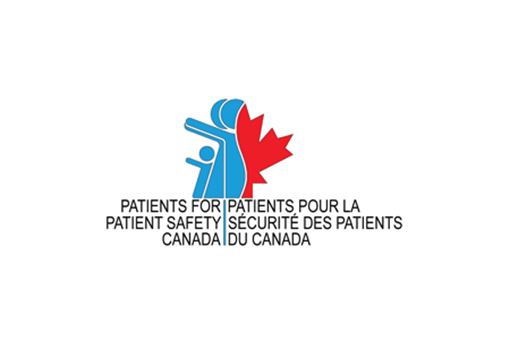Martha’s legacy lives on
October 31, 2011
They tried to close the file on Martha Murray soon after the autopsy and toxicology reports came back.
The Ontario Chief Coroner’s office concluded Martha’s death, at age 22, was natural. No recommendations were made.
What wasn’t natural, at least for the coroner’s office, was in dealing with a family unwilling to accept its findings.
“People don’t just go to bed and not wake up the next day,” says Martha’s mom, Maryann.
So the Murray family began a seven-year battle for answers and changes to the system. When politely asking wasn’t enough, they demanded. When demands didn’t work, they talked to politicians and journalists.
In the end, errors were found, processes were changed and a family was better able to grieve. Martha Murray’s name will not soon be forgotten in Ontario. Nor should it be forgotten.
Martha was discovered in her bed on a September morning in 2002. She went to sleep and died in the night.
After the coroner’s findings, the family began sleuthing through Martha’s records. They knew she’d been prescribed Lithium for bipolar disorder in recent months. The dosage was increased just 11 days before her death.
In her patient file was a recommendation against prescribing Lithium because of chronic low potassium. Lithium, the family later learned, is also contraindicated in patients with cardiac issues.
A psychiatrist, knowing of Martha’s low potassium, wrote the Lithium warning. But her latest psychiatrist didn’t agree and prescribed the drug without informing Martha of the concern.
Martha had also undergone numerous EKGs in the years before her death, experiencing bouts of accelerated heart rate. Anxiety was often blamed and the test results were then viewed as “normal” for her.
But Maryann sent Martha’s EKGs to the coroner’s office. Investigators examined 17 ECGs and concluded Martha had a congenital heart defect.
Maryann also discovered Martha visited a cardiologist a year before her death. He’d ordered tests that confirmed the heart defect.
But the cardiologist never read the tests. The office never phoned Martha to inform her. Nor was a cardiac warning about Lithium added to her records.
Standard practice at the cardiologist’s office was to wait for the patient’s return visit before reading the tests. Except patients like Martha can assume no news is good news and not return.
After lobbying by the Murray family, the Ontario College of Physicians and Surgeons sent an “educational dispensation” to the cardiologist citing a duty to read test results and follow-up.
It frustrates Maryann to this day that the college didn’t send out a warning to all its members. The coroner’s office, though, did recommend that patients prescribed psychotropic drugs be first given a cardio check-up.
“I think it was important for us to understand that Martha did everything she could to get better,” says her mom. “She was within the health care system to get well. And a series of mistakes kept happening that ultimately cost her her life.”
The coroner’s office also changed its procedures. It was not reporting adverse drug reactions to Health Canada until Martha’s death and the Murrays’ fight for truth.
Martha was Maryann and Paul Murray’s eldest. She had four younger siblings, whom she doted on. Her illness inspired her to study nursing, with the goal of helping others.
Maryann says a culture of cover-up and denial existed in the Ontario health system. She fought for Martha, but she also fought for other patients who lost their lives without proper disclosure or reporting of lessons learned.
“People have given their lives, or they’ve suffered, and the least we can for them is to report what happened and allow the analysis to occur so we can prevent it from happening again,” says Maryann.
“My daughter wasn’t able to get married, have children and enjoy the normal legacy we do,” adds Maryann. “I kept pushing because I wanted to know what had happened to our daughter.”
“No one wanted a 22-year-old to die. No one intended to cause any harm. But when the harm occurred, the system didn’t do its job to examine what went wrong and to figure out ways of prevention.”
Martha’s experience in the Canadian healthcare system illustrates the importance of clear communication between healthcare providers and patients.

Want to read more?
